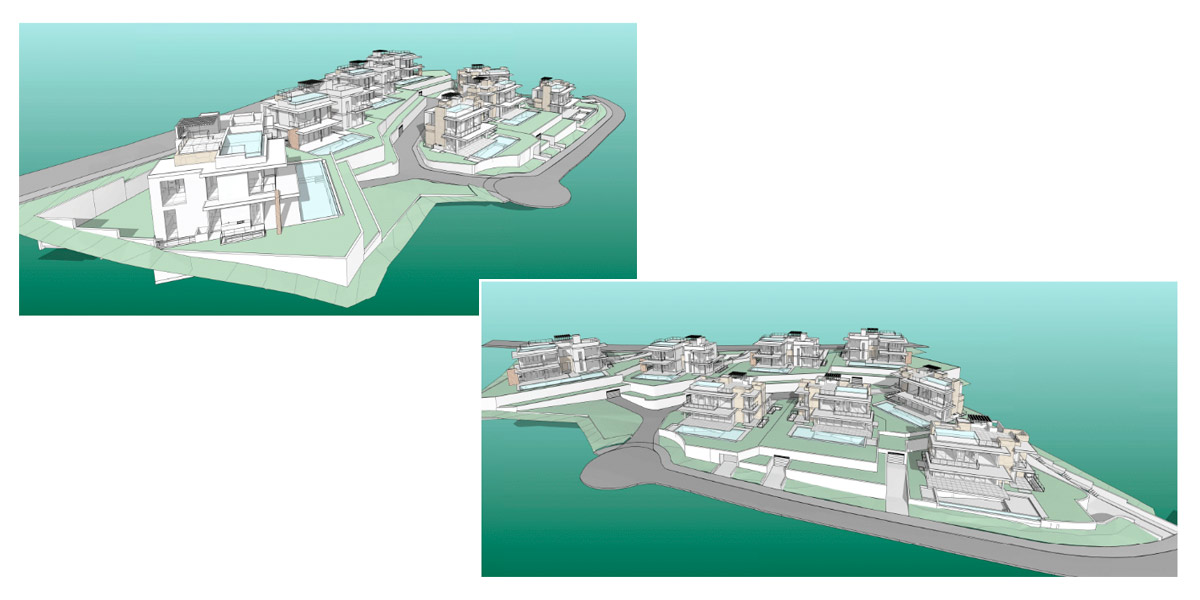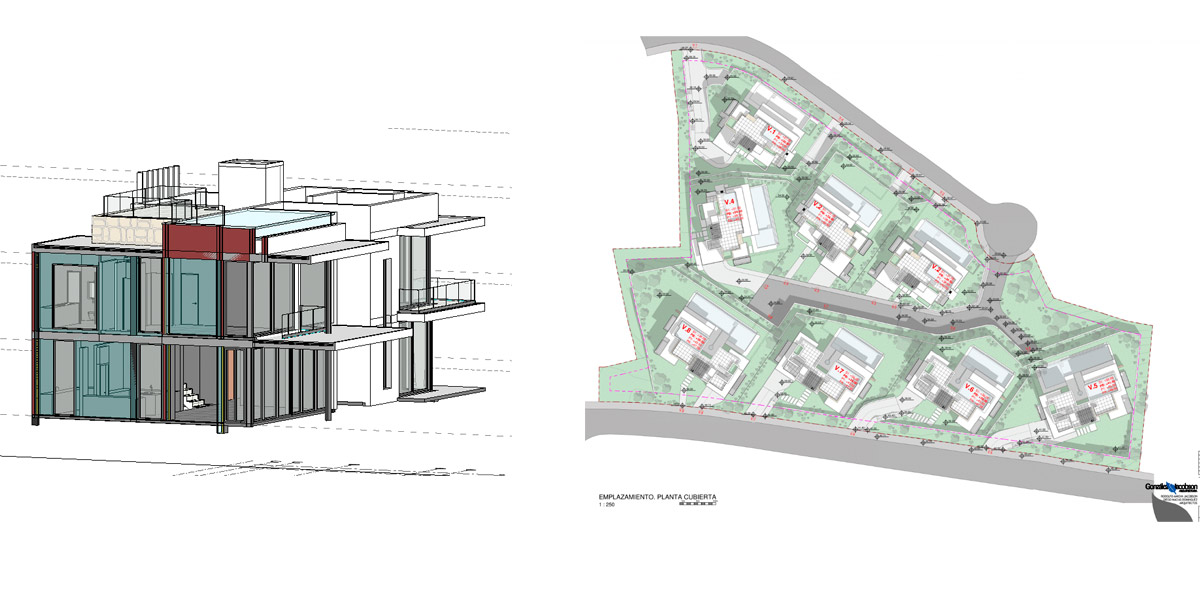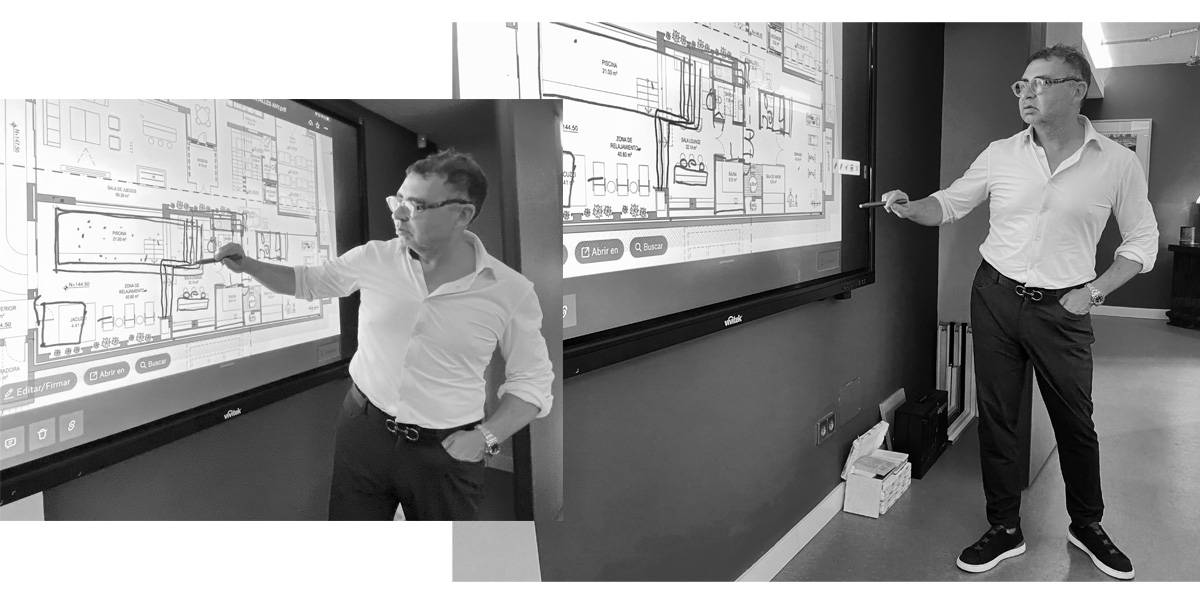- : :
Architecture combines science and art. And just as the world evolves, so does architecture using innovative information, communication, design and layout technologies.
Gonzalez & Jacobson Architecture is committed to innovation and the use of these digital tools to create complex geometries, share information on each of the projects and be able to work on them in all areas and dimensions. The idea is to facilitate the work of architects and professionals in the field, optimizing effort, costs and work time.
Digital tools such as BIM and CAD technology have become standard practice in the industry. They not only facilitate design and planning, but go much further by integrating all the relevant information of a project into a single digital model.

Advantages of BIM over CAD
BIM (Building Information Modeling).
CAD (Computer Aided Design)
- Information integration. While CAD allows for the creation of 2D and 3D representations of the project, BIM incorporates all the data associated with each element: materials, dimensions, construction times, costs, and even the life cycle of the building. This provides a complete view of the project from its conception to its maintenance. All information is automatically updated, while in CAD modifications are made manually.
- Improved collaboration between the different teams involved in the project. With CAD, designs are shared in static files that do not allow simultaneous direct access between team members. BIM is a collaborative platform, which means that architects, engineers, builders and other professionals can work simultaneously on the same model, accessing the same information in real time and avoiding interpretation errors or duplication of efforts. This not only reduces work times, but also improves the accuracy and efficiency of decisions.
- Early detection of errors, BIM significantly stands out compared to CAD. Thanks to its simulation and analysis capabilities, it is possible to detect potential problems in the earliest phases of the project, even before construction begins. For example, problems related to interference between piping systems or structures can be automatically identified in the BIM model, allowing them to be corrected before they become costly problems during construction. CAD, being more static, does not have the capacity to perform these analyses automatically.
- Cost and schedule management, BIM also has a considerable advantage. This digital model allows for the creation of a detailed budget and, through simulation, for more accurate forecasting of execution times. Thanks to the integration of all the data, it is much easier to make adjustments on the fly and foresee the impacts of possible changes on the project. In contrast, CAD only offers graphical representations, so cost and time adjustments require additional manual calculations, which can be more prone to errors.
- The learning curve involved in adopting this technology is the challenge of BIM. It requires specialized training and an investment in software and hardware that can be more expensive at the beginning compared to CAD, which has been a more accessible tool for many years.

In conclusion, BIM offers a number of clear advantages over CAD in terms of information integration, collaboration, early error detection, cost and schedule management, and sustainability. While the transition to BIM can be costly and demanding at the beginning, the long-term benefits, such as reduced errors, construction times, and operating costs, make it a worthwhile investment to improve the efficiency and quality of construction projects.




